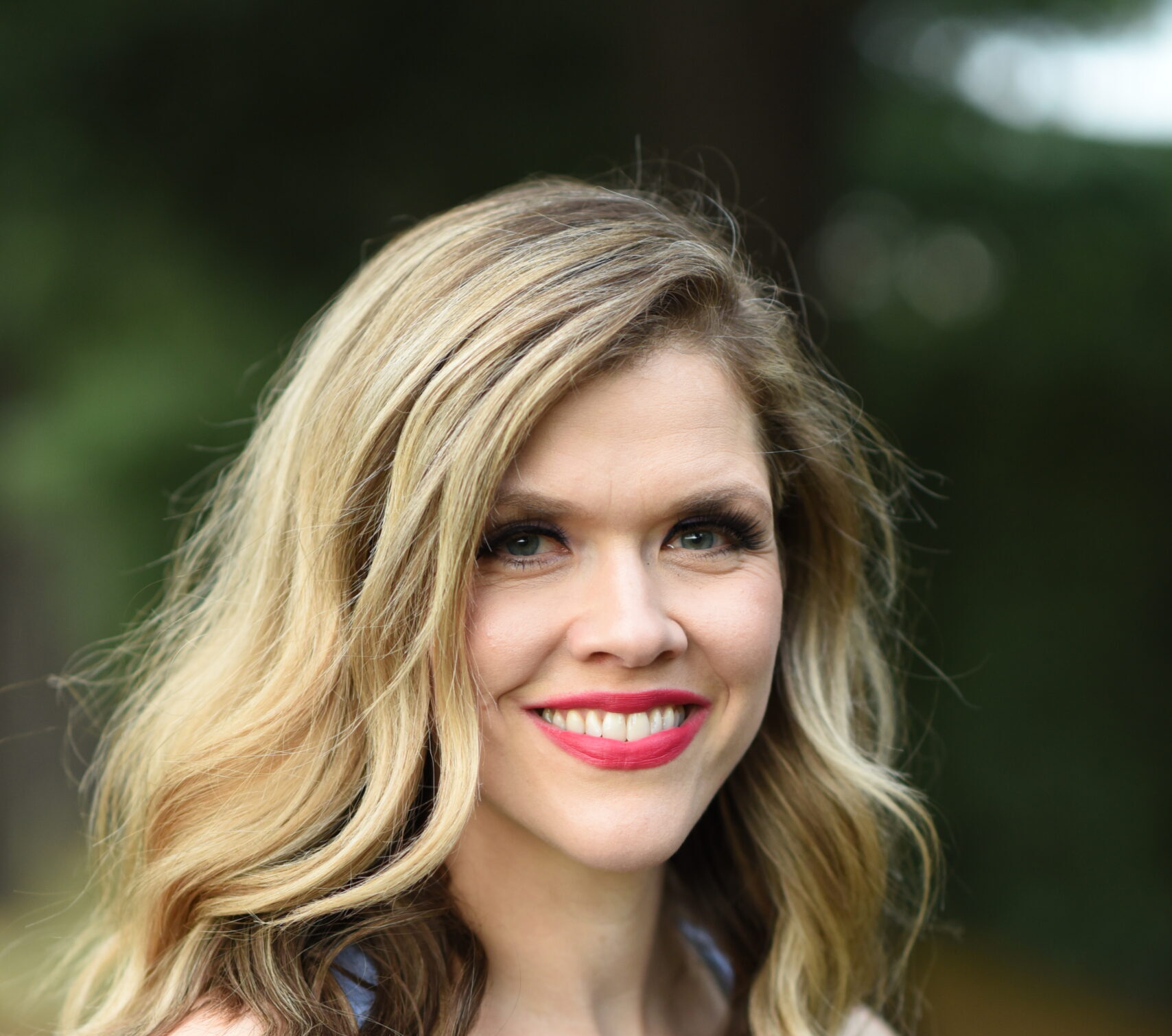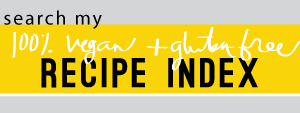A few random things…
Starches don’t make you fat. They are not the reason why Americans are some of the most obese people on the planet. In Dr. McDougall’s most recent newsletter he talks about starches (and we’re not talking cakes, cookies, pies, and white flour here, rather whole grains and tubers) making people thin and beautiful. He makes this point so clear, you want to just shout it from the rooftops (or atleast I did). I’m not just saying I read this stuff and think oh yah, that makes sense. I know it’s true because this is the way I eat and have eaten for the past several years and have never felt or looked better, especially in light of the fact that I have had 3 children in the past 4 years.
On a different note, after weeks, more like months of a lot of non-scientific guesswork, I’ve deduced that Asher, my 2 year old, is allergic to the following: soy, wheat, and nuts (very common allergens).
After playing around with his diet, it’s clear that there are certain foods that cause him to have red cheeks, like this:
Some people have said, oh don’t worry about it, he just has rosy cheeks. But I couldn’t let the nagging feeling go that it was more than that. Since he has fair skin, his cheeks do get rosy more easily than say my 3 year old, who has a darker skin tone. Nonetheless, as you can clearly see, his cheeks are not just rosy, they are RED. Sometimes it will look like this or it will look like a rash, or even splotchy and welt-like. And since it came and went, I figured a few months ago that it was food-related.
It was very difficult to pinpoint exactly what food it was, because I would eliminate one food item (gluten, for example) and the symptoms would subside but his cheeks would still flare up, so it became very frustrating. It was only until I realized that it could be that he was allergic to multiple foods, that I put two and two together and decided to eliminate soy and nuts as well as gluten. Turns out, gluten is not the culprit, as Asher seems to not be affected by things like oatmeal and barley (which contain gluten). It’s the wheat that has been giving him the reaction. Tree nuts are also a no-no, cashews and peanut butter in particular. Almonds and seeds (pumpkin, sunflower, sesame, and chia seeds) are fine, thank goodness, as we have easily replaced peanut butter with almond butter and my kids have not noticed the difference.
It’s funny because I remember a recent day, before I started my diet experiment with him, where I gave him a whole wheat bagel peanut butter sandwich with soymilk. Ha! And I wondered why his cheeks were so red. I was giving him EVERYTHING he was allergic to, all in one sitting.
So what has happened by eliminating these foods? His cheeks return to normal: no longer red and rash-like, he looks like a normal kid again. But if happens to have something with any of those things, within hours, his cheeks are red.
I recently purchased Vive le Vegan, by Dreena Burton and she has a whole section on what to feed your toddler, including a very helpful infant/toddler feeding schedule. I really wish I would have paid more attention to this with Asher. He’s so close in age to Hyrum that I sort of just fed him whatever Hyrum was eating as soon as he started eating. And Dreena Burton talks about the importance of introducing foods on a schedule because the digestive system of infants/toddlers isn’t fully developed until around 3 or 4 years of age so they aren’t able to properly absorb and assimilate harder to digest proteins (like soy). She suggests fruits and mashed veggies first, squash/potatos/tubers next, starches and legumes, then when they are older nut butters, nuts, soy. She encourages waiting until they are 2 to introduce peanuts & wheat.
One of the thoughts behind wheat allergies is that they are caused by our constant and early exposure to it in a very processed form. I assure you I’ve always only used whole wheat, with a few exceptions. I believe I myself have intolerance to wheat, and do better not consuming it. I haven’t had wheat in over a month and don’t miss it a bit. It’s been fairly easy to do as my diet is based around other starches like potatoes and quinoa, rather than wheat. I do love making bread, but I can easily do that with kamut or spelt, although I have yet to try that out. I do notice that when I eat wheat, especially more than a small serving, I get acid reflux.
A lot of vegans, raw foodists in particular, pooh pooh wheat and soy. I don’t want to speak for all raw foodists, but what I have read and heard from their mouths is that both are not good for the body, at all. I’ve always taken this with a grain of salt. I feel better not eating wheat and large amounts of yeasted products make me feel gassy and bloated. Fine, so I don’t eat wheat and I stay away from dry active yeast (different from brewer’s or nutritional yeast). Does that mean you should not eat it? Who am I to say? There’s no scientific research that I am aware of that points to it being “evil.” But maybe try eliminating it from your diet for a few days, and who knows, maybe you will feel better. On the other hand it may make very little difference. There are a lot of replacements for wheat, kamut and spelt being two, but beyond that, there’s a whole world of grains that can be used for cooking and baking. So wheat allergy or no, we’d all benefit from varying our grains some.
Let’s talk about soy. Soy is a very minimal part of my diet and I only use whole soy products, like tofu and soy milk, mostly in sauces, dips, and baking. In the past we have gotten soy cheese, but to be honest, my kids won’t really eat it. They don’t like it.
In recent months my kids have eaten more soy because I recently discovered soy yogurt, which they love. I have to say though, the first year of being vegan I think I bought tofu once and never bought any meat alternatives (made from soy isolate protein) and I rarely drank soy milk. It has only been recently, in the past year or so that we’ve tried some of the meat alternatives, like meatballs, and chicken nuggets, as treats on rare occasions. In light of our new awareness about my kids having a soy allergy, we’ll be stearing clear of all of these products. I’ll still use tofu to make dressings for myself, but other than that we’re soy-free. Here’s some great information on why soy is neither a superfood nor evil. There’s no replacement for tofu, but as far as for milks, there are a ton to choose from (which I know, I have yet to do a post about non-dairy milks…), including rice (my favorite as it is sooo easy and inexpensive to make and tastes great too), almond, oat, banana, hazelnut, hemp, ect.
As for nuts, well peanuts, as we all know are extremely allergenic, and it’s not uncommon for people to not react well after consuming them. There’s also the perspective that shuns peanuts simply because they encourage mold growth or mucus production. This may or may not be true. Regardless, peanuts and peanut butter play a very small role in my diet as they are a high fat plant food so I use it on rare occasions in rich sauces or soups. And for my kids, as I said before, I use almond butter instead.
And on an entirely different, yet said train of thought, my precious blender isn’t working and I have to take it in to be fixed. So instead of a green smoothie this morning I made myself kale and veggies, sauteed in a spicy creamy Mexican dressing (made from tofu). Delicious.
And recently I made the most amazing blueberry goodie: Blueberry buns, modified from a recipe in Vive le Vegan. They are a cross between a muffin and a scone and they taste scrumptious, especially with a cup of my favorite tea: Rooibos tea.



Comments